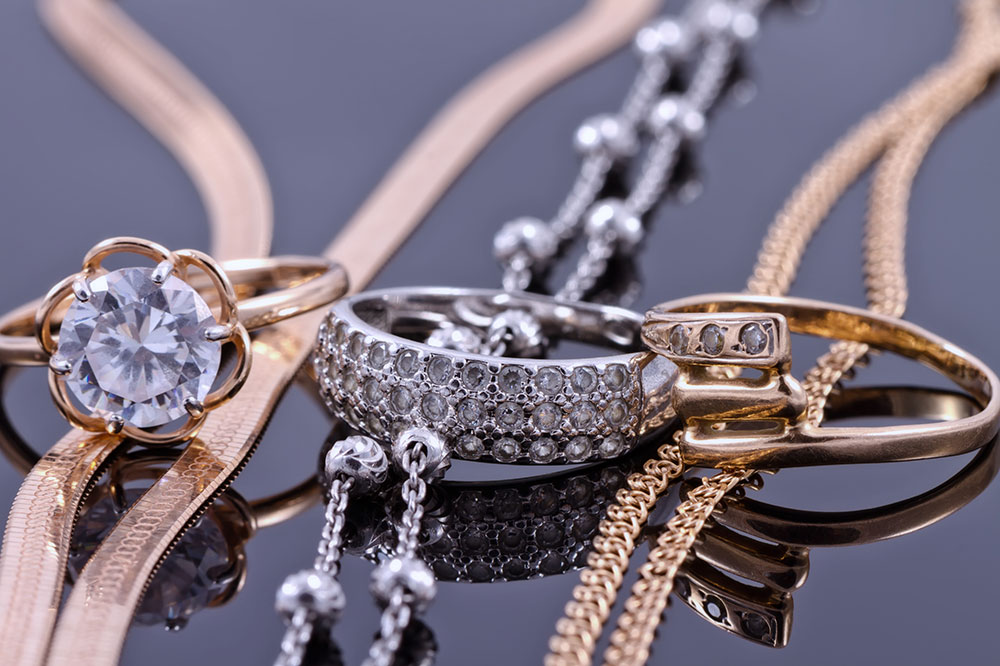Avoid hiding jewelry in these 5 common places

Jewelry holds great value for many people, monetarily and sentimentally, often being family heirlooms passed down through generations. As a result, it is crucial to safeguard these precious items, and finding suitable hiding spots is key. While hiding jewelry in inconspicuous places around the house may seem sensible, specific locations must be avoided due to security concerns. They may appear convenient but are risky. Therefore, knowing the places to avoid when hiding jewelry or valuables is essential.
Freezer
One of the common places where people keep their jewelry is the freezer. The idea behind choosing this spot is that no one would come looking for valuable stuff in a place where food is generally stored. Many wrap their precious jewels in cling film, foil, or plastic boxes. However, the freezer or the refrigerator has now become one of the most apparent places anyone who breaks into the house will first look into. This is mainly because a refrigerator is one of the most easily accessible and visible things in the house.
Under the mattress or bed
It is a common practice among people to hide jewelry under the mattress or bed, thinking it is a safe spot. However, this is not a good idea at all. Even keeping the jewelry in a box and sliding it under the bed, assuming that it is not visible, can be risky. These places are prominent hiding spots, and any intruder can easily lift the mattress or crouch down to look under the bed, putting the valuables at risk. Therefore, it is best to avoid keeping jewelry in such spots, as it is entirely unsafe.
Toilet water tank
Hiding jewelry inside a toilet water tank may seem like a clever choice. After all, it is quite unlikely that anyone would consider checking the tank for valuables. However, this is no longer the case. Hiding jewelry inside a toilet tank has become commonplace, and intruders are aware of this hiding spot. Moreover, it only takes a few minutes to lift the lid and inspect the contents of the tank. Therefore, it is best to avoid keeping precious items in the toilet tank. Additionally, there is the risk of moisture seeping in through the protective covering and causing damage to the jewelry.
Vases and pots
Many people believe that vases, flower pots, and other decorative items can serve as discreet hiding spots for jewelry in a house. They assume that these items blend well with the overall ambiance of the house and, hence, are inconspicuous. However, what they don’t realize is that even though these spots may seem less obvious, they still attract some attention from intruders. An intruder can tip the pot or the vase upside down to check whether there is anything valuable hidden inside. Therefore, it’s important to remember that these spots are not as safe as they seem.
Jewelry boxes
Jewelry boxes are a common choice for storage to protect precious baubles. However, it’s important to note that they are not completely foolproof when it comes to preventing theft. Burglars can easily check these boxes for valuables, and even if the boxes have robust locking mechanisms, they can still be broken into using tools. Therefore, it’s not advisable to rely solely on jewelry boxes.





